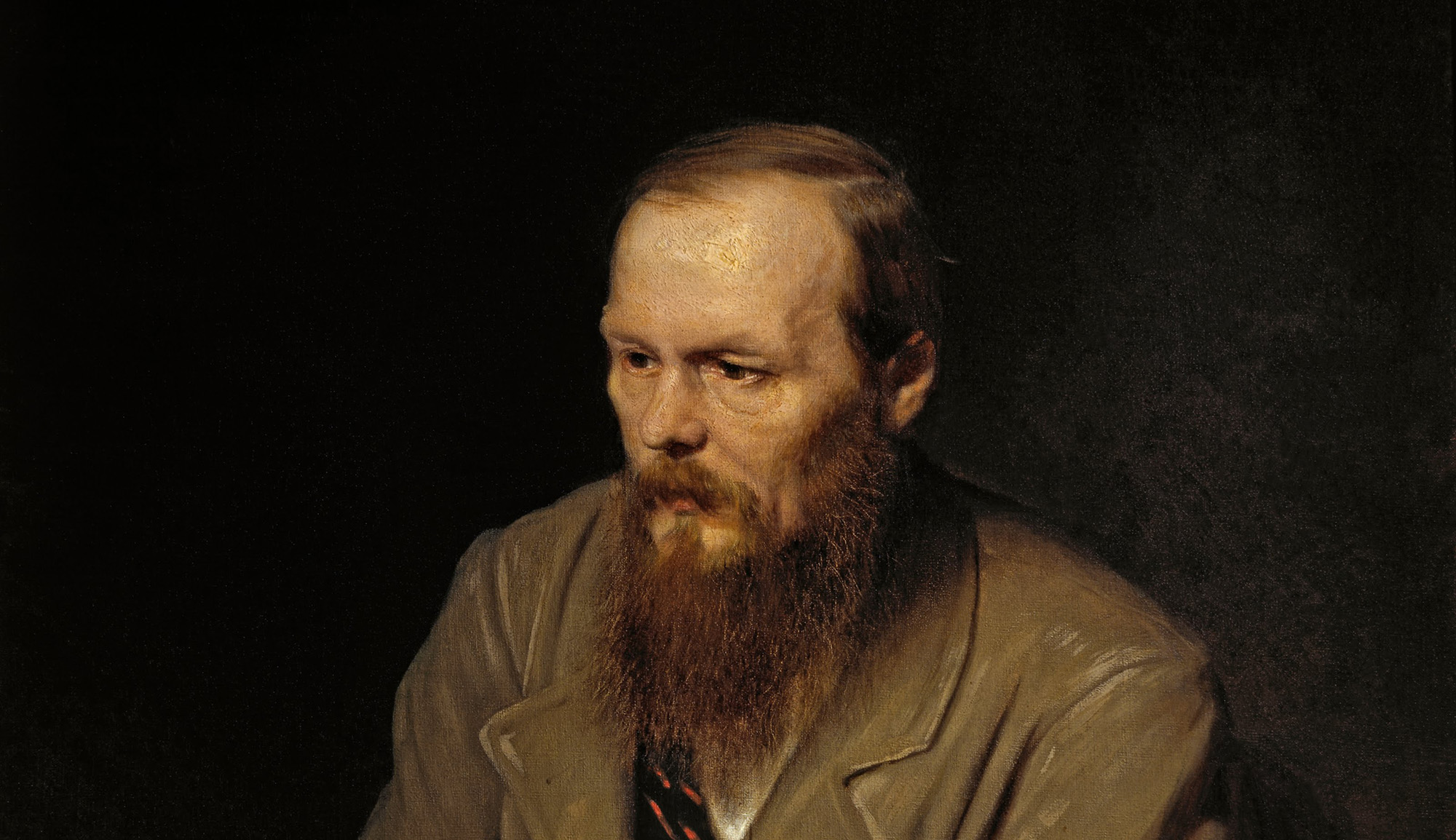Big American museums, Holland Cotter argues, tend to present devotional art “purely in aesthetic terms,” with little or no attempt to explain the spiritual, political, or ideological meaning they held for their original audiences. This is not the case, however, for the Met Cloisters’ exhibit on the religious art of Spain at the start of the 11th century, which also reflects the often-peaceful exchanges of culture among three major religions:
Politics, and specifically geopolitics, is the underlying subject of Spain 1000-1200: Art at the Frontiers of Faith at the Cloisters. The show is a classic Met product. Its 40-plus objects—sculptures, textiles, manuscripts, most from the museum’s holdings—are top-shelf items, distinguished by outstanding rarity, beauty, or both. And in their Cloisters setting, the element of faith is writ large.
The show is installed in the museum’s Fuentidueña Chapel Gallery, a space defined by a full-scale architectural work, the complete apse of the 12th-century church of San Martín from the town of Fuentidueña in central northern Spain. The apse was transported, stone by stone, to the Cloisters in the late 1940s as a long-term loan from the Spanish government. With its high, clean Romanesque lines, and a fresco of the Virgin and Child (from a different church) spanning its dome, it’s a charismatic backdrop for a presentation of art from an era in which three religions shared highly contested terrain. . . .
The notion of three major faith-based cultures interacting peaceably and productively has an attractively utopian spin. And the art in the Met show, with its hybrid beauties, to some degree backs it up.
In a manuscript painting at the Cloisters, a 10th-century Christian monk named Maius makes the Heavenly Jerusalem look a lot like the Great Mosque of Cordoba. A 14th-century Hebrew Bible shimmers with Islamic interlace patterns. Islamic textiles, some with Arabic inscriptions, were used to wrap the relics of Christian saints. A sapphire embedded in a spectacular silver frame surrounding an ivory crucifix is inscribed with four of the 99 Beautiful Names of Allah.
More about: Art, Islam, Jewish art, Medieval Spain


